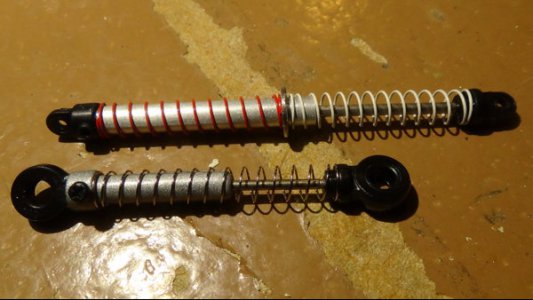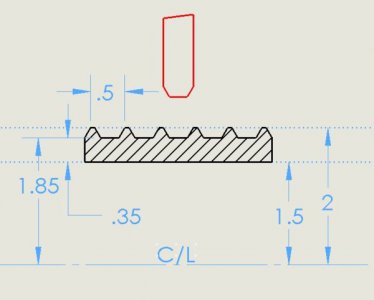- Joined
- Dec 12, 2017
- Messages
- 3
Hello, I'm a novice machist with zero experience threading materials. I have a project here building some 1/20 scale dual rate coilovers and I want to thread the aluminum shock body for a functional ride height adjuster ring. The tubing is 4mm OD x 3mm ID so the threads must be very shallow cut. Is this even gonna be possible? I'm totally clueless as to choosing a die for the job. A link to a die that will work would be wonderful if even possible. Thanks and happy holidays!




